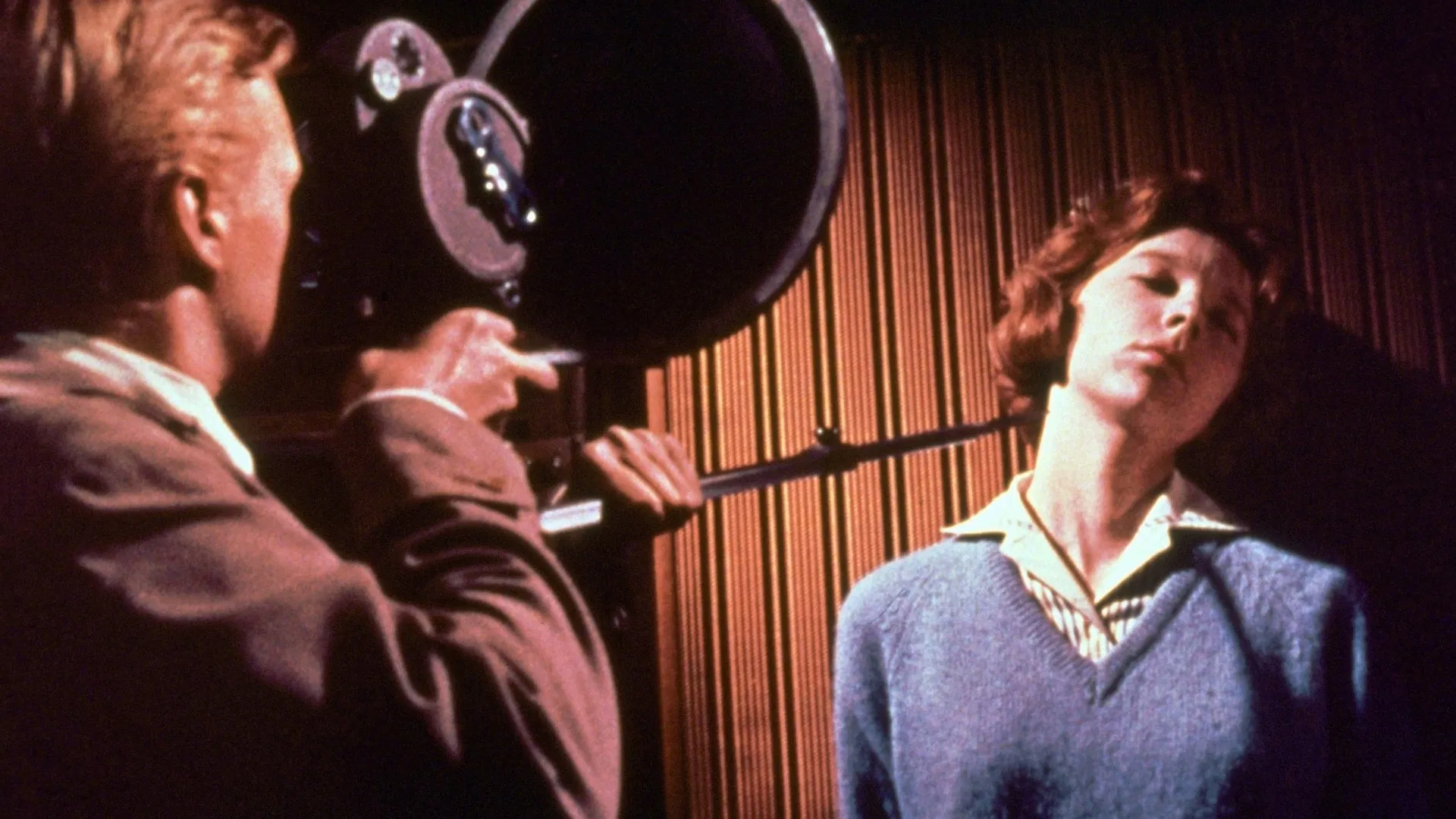
10 Interesting Facts and Figures About Peeping Tom (1960, Michael Powell)
“Peeping Tom,” directed by Michael Powell, is a film that has left an indelible mark on cinema since its release in 1960. Initially met with controversy and backlash, it has since gained recognition as a classic and a pioneering work in psychological horror. Below are ten intriguing facts and figures about this remarkable film that highlight its significance in film history.
1. A Controversial Release
Upon its release, “Peeping Tom” sparked outrage among critics and audiences alike. Many were shocked by its portrayal of voyeurism and violence, leading to Powell’s temporary exile from the British film industry.
2. The Birth of the Psycho-Thriller
“Peeping Tom” is often credited with establishing the psycho-thriller genre. The film’s blend of psychological tension and horror influenced numerous filmmakers and paved the way for future classics.
3. The Cinematic Technique
Powell used innovative filming techniques, especially the use of a camera as a voyeuristic device. The film features a camera mounted on a tripod that mimics the perspective of the protagonist, creating an unsettling viewing experience.
4. The Unique Character of Mark Lewis
Mark Lewis, portrayed by Carl Boehm, is one of cinema’s earliest anti-heroes. His character, a troubled cameraman who films his murders, challenges traditional notions of morality and empathy in film.
5. A Groundbreaking Score
The film’s score, composed by the legendary Brian Easdale, played a crucial role in enhancing its psychological depth. The music complements the chilling visuals, elevating the overall atmosphere of dread.
6. A Lasting Legacy
Despite its rocky start, “Peeping Tom” has become a critical darling and a subject of study in film courses around the world. It is often listed among the greatest horror films ever made.
7. Influencing Future Filmmakers
“Peeping Tom” has influenced filmmakers like Martin Scorsese, who cited it as a significant inspiration for his own work. The themes of the film resonate deeply in cinema, especially in horror and psychological thrillers.
8. The Role of the Female Gaze
The film presents a nuanced take on the male gaze, particularly through the character of Helen, played by Anna Massey. Her relationship with Mark challenges typical gender dynamics in film and explores themes of trust and betrayal.
9. Cinematic Techniques and Effects
Powell’s use of color and lighting was groundbreaking for its time. The film employs vivid hues and stark contrasts to evoke emotional responses and enhance the viewing experience, making it visually captivating.
10. Critical Reappraisal
In the years following its release, “Peeping Tom” underwent a critical reappraisal. Many contemporary critics now view it as a masterpiece and an essential work in the canon of British cinema.
Conclusion
“Peeping Tom” stands as a testament to Michael Powell’s daring vision and artistic innovation. Its initial backlash has faded, allowing audiences and critics to appreciate its complexities and contributions to film as an art form. From its controversial themes to its groundbreaking techniques, “Peeping Tom” remains a film that continues to provoke thought and inspire filmmakers, securing its place in the annals of cinematic history.
Discover more from Anglotees
Subscribe to get the latest posts sent to your email.
